
Theo Moore discusses the importance of seeing past the false dichotomy of success and failure as a climber...
In climbing and in life in general we distinguish between success and failure. Did you climb your latest project? Success. Fell off on the easy moves just before the top? Failure. We often consider our activities as either a success or a failure. Labelling things in this way helps us make sense of our activities, but using such a strong dichotomy can have disadvantages as well as advantages. In this article I use my personal experience of success and failure to explain how I refine the distinction, and how this has enabled me to enjoy and improve my climbing.
In Siurana there is a route called La Muerte del Sponsor. It’s a beautiful route: thirty metres of technical climbing back and forth on crimps and side-pulls. In the build up to our January sport trip, sat in a dark December office, it was the focus of my quasi-religious study of every photo, video and blog post to glean as much beta as I could. I placed a lot of emphasis on getting on the route and, hey who knows, maybe even a flash was on the cards.
On the final day of our trip we stumbled upon the route. We’d almost forgotten about it; there are just so many great routes in Siurana. Standing beneath La Muerte, all of the pre-trip obsession bubbled back up. I’d set myself up for it and now at the end of the trip, knackered, with one good go in me, I was standing on the precipice of success or failure. Success would be great – all of that pre-trip psyche created an investment in the route which meant an ascent would result in euphoria. Failure, however, would be the opposite: I would be sat on the plane the next day feeling defeated, not knowing when I could come back.
Setting off up the sun-bleached crimps I told myself success or failure didn’t really matter: I’d had a great holiday and done lots of great routes. But with every step higher, and each hard moved achieved, the feeling that I wanted the route and that sweet success grew. The anticipation built as some blind and insecure moves led right and then back left to a cramped rest beneath the final capping roof. I was so far now and had fought so hard that I was desperate not to fall off. My partner was in this position moments before and I knew what was coming: pull awkwardly under the roof and on to the arête, a balancey move to a foothold on the face and a big slap for the jugs of glory. Up I went, nerves racing. Pulling round on to the arête I found I was in nowhere near the same position. Nevermind, it was all or nothing now. I built my right foot up, left hand pinching the arête, and threw wildly for the top: whack. My hand wrapped around the hold and the jugs were mine. Flash Gordon started playing in my head and I let out a shout of joy. I’d flashed the route I had invested so much in, fulfilling my goal, and achieved a personal best in the process. Success is great, isn’t it?
'You can improve your climbing simply by changing your attitude – no training required!'
The feeling of elation that comes with the success of achieving a goal is fantastic and slightly addictive. The extent of positive feeling is often correlated with the size of the goal achieved and the amount of effort invested, and there are a multitude of feelings and satisfactions that come with success. These feelings are not simply the adrenaline rush that climbers are often associated with, but feelings of satisfaction and well-being, or eudaimonia, that come with achieving a long-term goal. These feelings are not unique to climbing but we so often divide and categorise our climbing in to segments in which we can succeed or fail, such as routes, problems and individual moves; short, medium and long-term goals, that in climbing we often experience the feelings of success.
However, the opposite feelings occur when the polar opposite of success rears its ugly head: failure. Failure can lead to feelings of frustration, self-loathing and negativity that are not conducive to good climbing performance and which aren’t pleasant to experience. On the same trip to Siurana I experienced failure and didn’t deal with it well. On the redpoint of the forty metre Mandragora, with all the moves dialled and a naïve feeling that the route was easy, I fell off thirty metres up after making a foolish sequence of moves. The realisation dawned that I had to do all of that climbing again, and that I fell off because I was being arrogant and careless. Angry shouting, the kind that only a Brit abroad is capable of, ensued whilst lowering off.
If we see our pursuits as either a success or a failure, and we attach positive emotion to success and negative emotion to failure, then each time we do not succeed we feel negative. The negativity that comes with seeing failure in the black and white dichotomy of success or failure can be damaging to your enjoyment, the enjoyment of others, and to your climbing session. There have been many times out climbing when I’ve seen someone – myself, a friend, or another climber – fail to do something at the crag and instead of carrying on trying, or having a good day doing other routes, they have slipped in to a cycle of negative emotion, which is exhibited as anything from ineffective, impulsive climbing to sitting back sulking. Either way failure often leads a situation in which you don’t climb or don’t climb effectively.
Failure’s negative effect on climbing performance may not come as a surprise as I’m sure that everyone reading this article has experienced failure and its effects. However, success can also have a negative effect of climbing performance.
If we see success as the goal of our day’s climbing then we can often leave with less than we think. For example, if you go to the crag and onsight some routes at the top of your grade range this is viewed as a success in the traditional success/failure dichotomy. And in some senses it is a success - you’ve pushed yourself to onsight a route, managed to get the sequences right first time, perhaps even achieved a goal. But from another perspective you have not achieved as much as you could. If you onsighted the route then chances are you weren’t pushed to your physical limit, the route was (well) within your capabilities and you could have tried, and perhaps succeeded, at something harder. In contrast to something which would traditionally be viewed as a failure, such as failing to redpoint your latest sport climbing project, your onsight could be viewed as less of a success, as you didn’t try as hard physically or technically, and perhaps didn’t learn as much. To take account of these distinctions I like to refine the success/failure dichotomy in to two further categories: achievement and progression.
A day of achievement could be a day spent at a brand new crag onsighting loads of classics. You have a great day climbing new routes in the holy grail of climbing styles and get to log all of your climbs on UKC when you get back, complete with disparaging comments about how easy they were. However, you haven’t really progressed very much. If you have onsighted all the routes then you are probably climbing well within your physical limits - it’s rare that we climb as physically hard as we can when you’re onsighting. On your day of achievement you therefore haven’t had to pull at your maximum, make moves which initially baffle you, and you certainly haven’t taken any falls which could contribute to your future climbing confidence. This day of achievement would be categorised as 100% successful in the traditional success/failure dichotomy, but by refining our notion of success we can see that whilst success is great, it does leave room for improvement.
A day of progression might look quite different. It could be a day of falling off the last move of your redpoint project, linking a few moves on a boulder problem at your limit, or trying really hard on an onsight but taking a big, safe fall. Usually, these would be considered failures as you didn’t achieve the redpoint, boulder or onsight goal. However, by looking at these in terms of progression, you have actually been quite successful. You’ve progressed physically in terms of getting stronger and fitter on your redpoint and bouldering projects and you’ve progressed mentally by taking a safe fall which reinforces your trust in the system and reduces your fear of falling. If we look at our climbing in terms of progression, you have actually been quite successful on your day of what would traditionally be considered failure.
By making the distinction between achievement and progression we can reassess what we see as success and failure. This allows us to see room for improvement in our climbing which was previously obscured by the delight of success, and to take satisfaction and eliminate negativity from what was previously viewed as failure. On the whole, this distinction enables us to improve our climbing and to enjoy it more.
But what if the achievement/progression distinction is not necessary? We can operate with a less rigid notion of success and failure which allows more than ascents to be considered as success. For example, many climbers would consider linking some of the moves on their latest redpoint project, or even holding certain positions on their bouldering project, as a success. Perhaps we could instead widen our categories of success and failure in this way to achieve the same outcomes of increased climbing improvement and enjoyment that the achievement/progression distinction yields. Moreover, not only does this ‘widening’ achieve the same results, it is a more accurate account of what climbers do: we often consider links as a success, and not a failure.
The issue with this ‘widening’ approach is that it still operates within the traditional dichotomy of success/failure. We can widen our notion of success to include a link of 3 moves, or 5 moves or 10, and we can widen our notion of failure to include days in which we do not try at our physical limit, but in doing so we still either succeed or fail: we either succeed to make the arbitrary 5 moves link or we do not. We therefore still experience the positive and negative effects of success and failure which are criticised above, and what’s more we are setting ourselves arbitrary goals of linking a certain amount of moves. The achievement/progression distinction provides a more fluid appraisal of our activities, rather than forcing us to be bound by a rigid goal. This fluid approach in fact provides a more accurate account of how climbers operate; we might go to the crag thinking “I want to link 5 moves” but come away linking 4, and consider this as a success.
More importantly, what the achievement/progression distinction does which the widening approach does not, is move outside of the success/failure false dichotomy. The success/failure dichotomy is a false dichotomy because it is not true that every activity is either a success or a failure: there are things which do not fall in to either category such what colour your climbing shoes are, or which hat you choose to wear for your redpoint attempt. This may seem like nit-picking, but viewing our climbing within a false dichotomy entails that we view our climbing falsely, and so cannot accurately appraise what we are doing, for example by being overly negative about our activities, or viewing what we do as a success when really there is room for improvement.
The achievement/progression distinction provides a new perspective on the false dichotomy of success/failure and enables us to improve our climbing performance and to enjoy our climbing more. This distinction is something I have come to realise from my own climbing experiences and it has enabled me to positively restructure and re-evaluate my climbing sessions and avoid slipping in to a cycle of negativity which affects many climbers and their contemporaries. The best thing about it is that it you can improve your climbing simply by changing your attitude – no training required!
- REVIEW: Troll Astro Bouldering Pad 26 Jul, 2022
- REVIEW: Black Diamond Mission XP and Technician Leather Approach Shoes 8 Jul, 2022
- REVIEW: Scarpa Mago 14 Apr, 2022
- REVIEW: Mountain Equipment Trango 22 Mar, 2022
- REVIEW: Ocun Nitro 18 Mar, 2022
- REVIEW: 3RD ROCK x Taylor Made Portable Hangboard 13 Dec, 2021
- REVIEW: 3RD ROCK Jeans - Fitz and Mercury 3 Dec, 2021
- GROUP TEST: La Sportiva Solution Comp 28 Oct, 2021
- REVIEW: Wild Country Mosquito Harness 5 Oct, 2021
- REVIEW: Mammut Climbax Review 1 Oct, 2021

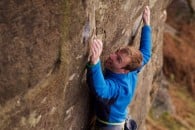

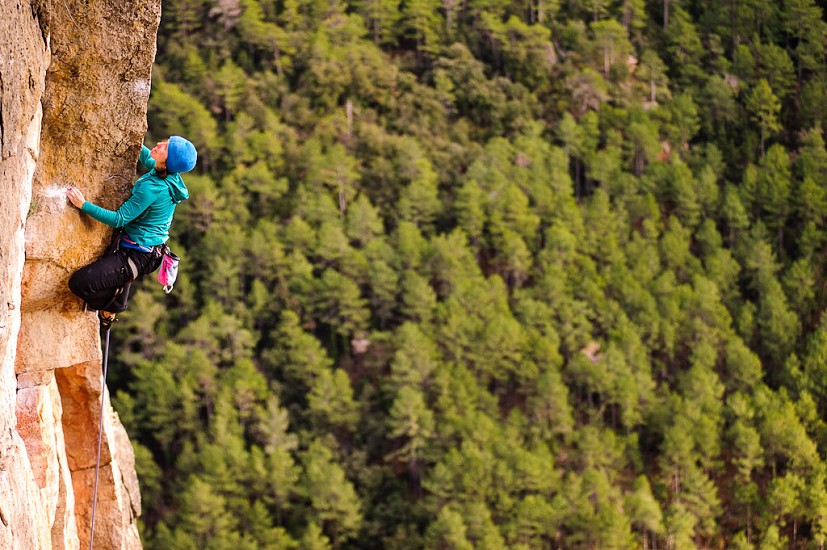
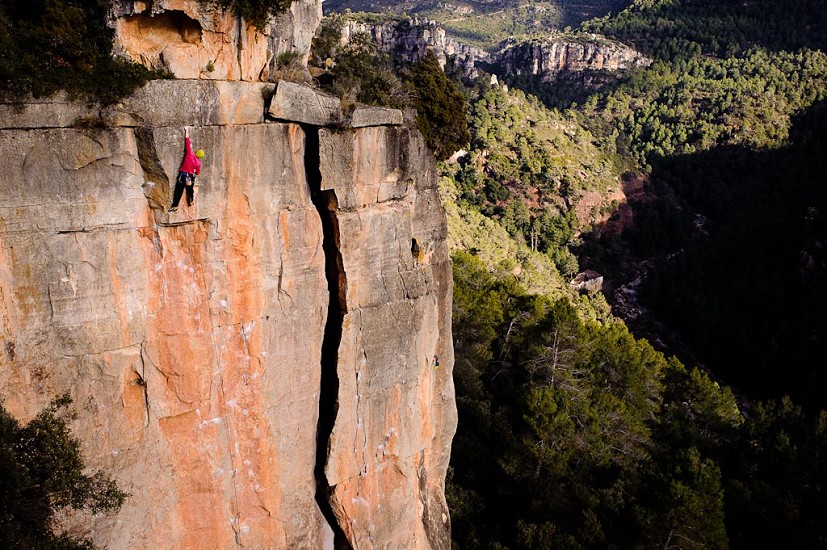
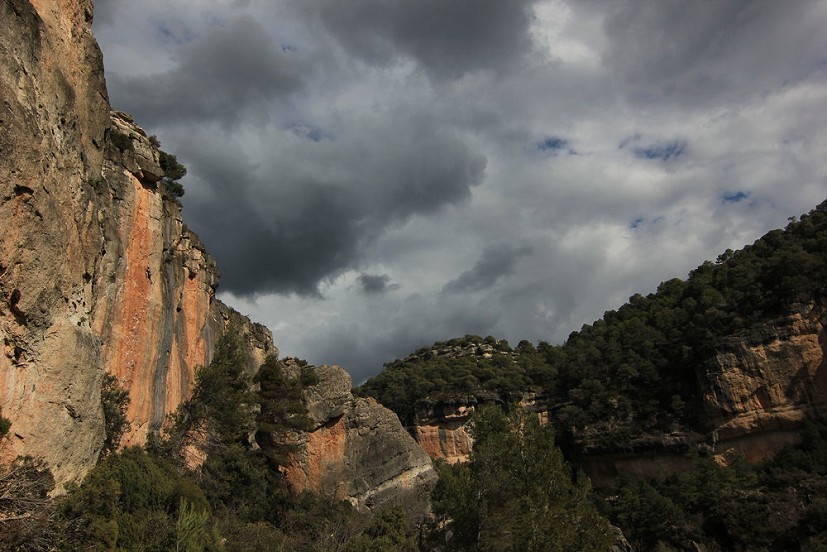


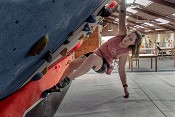










Comments